The beast that grows within may or may not be beastly. That is another aspect of the studies going on down here with the Amslers.
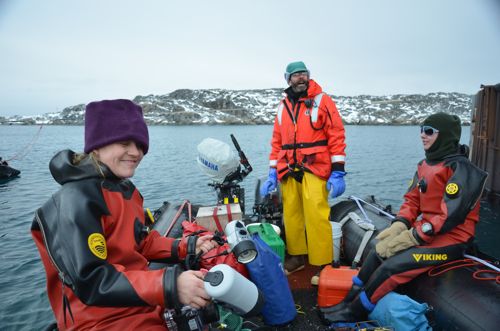
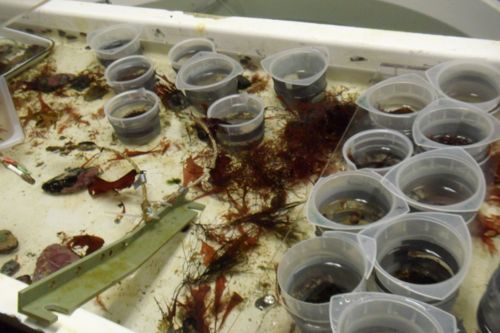
So, Kate is investigating the nature of their relationship. Ruth is working from the hypothesis that this is not a beneficial relationship for the seaweed and as a result she will find some sort of chemical defenses that the algae produce to protect itself from the endophytes. If she finds no evidence of chemical defenses, then that will be useful as well.
I'll bet you are still thinking of that amphipod video from yesterday. So let's talk about them some more. They come into play here too. As the endophytes grow within the algae, they eventually grow right out. But they don't get far after that because of the amphipods. The amphipods find these endophytes a fine choice of sustenance, meaning life sustaining, a good choice of food. And it trims off the endophytes as if the seaweed was getting a haircut. They are called mesograzers. Anyone know what meso means? Middle! Yes! Grazer 0 you know that. So middle-grazer. What would that refer to? Middle what? Size. They are not microscopic, but they are not macro (big). A mesograzer is generally less than 2.5 centimeters big. There are lots of different types of mesograzers as Ruth informed me; snails and worms, for example. And that pretty much exhausts my knowledge of mesograzers. I'll be right next to you reading up on it.
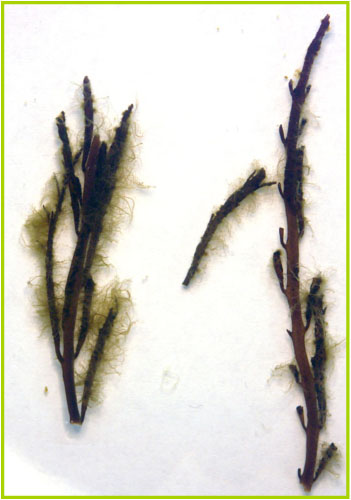
Julie Schram is also down here doing some work but she looking at climate change and ocean acidification. That is a huge topic so it is best to start with something specific, right? The first step that she is taking to investigate this is to look at how this might affect amphipods. Remember, those little creatures who are swarming under the waters. Specifically, she trying to determine if changes in ocean temperature impact their feeding preferences. In other words, as things heat up, will they change the things they eat?
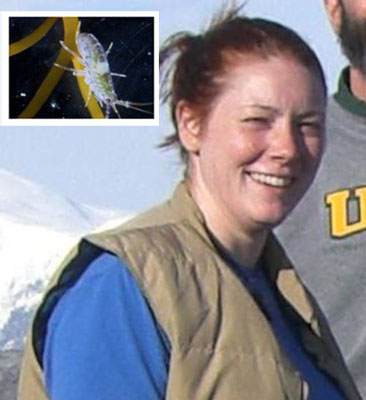
As you already know, part of the research is diving down into the water to collect the samples. Kate was kind enough to let me post some of her cool underwater pictures.
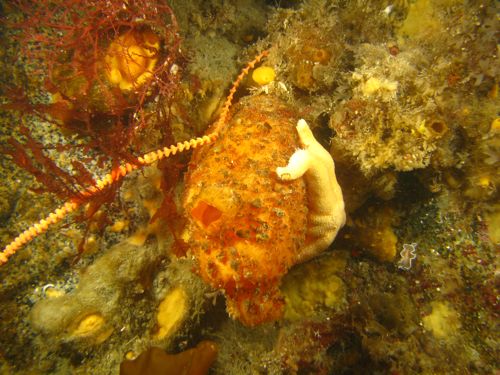
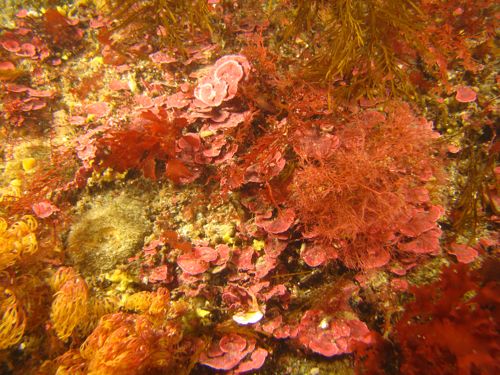


Comments